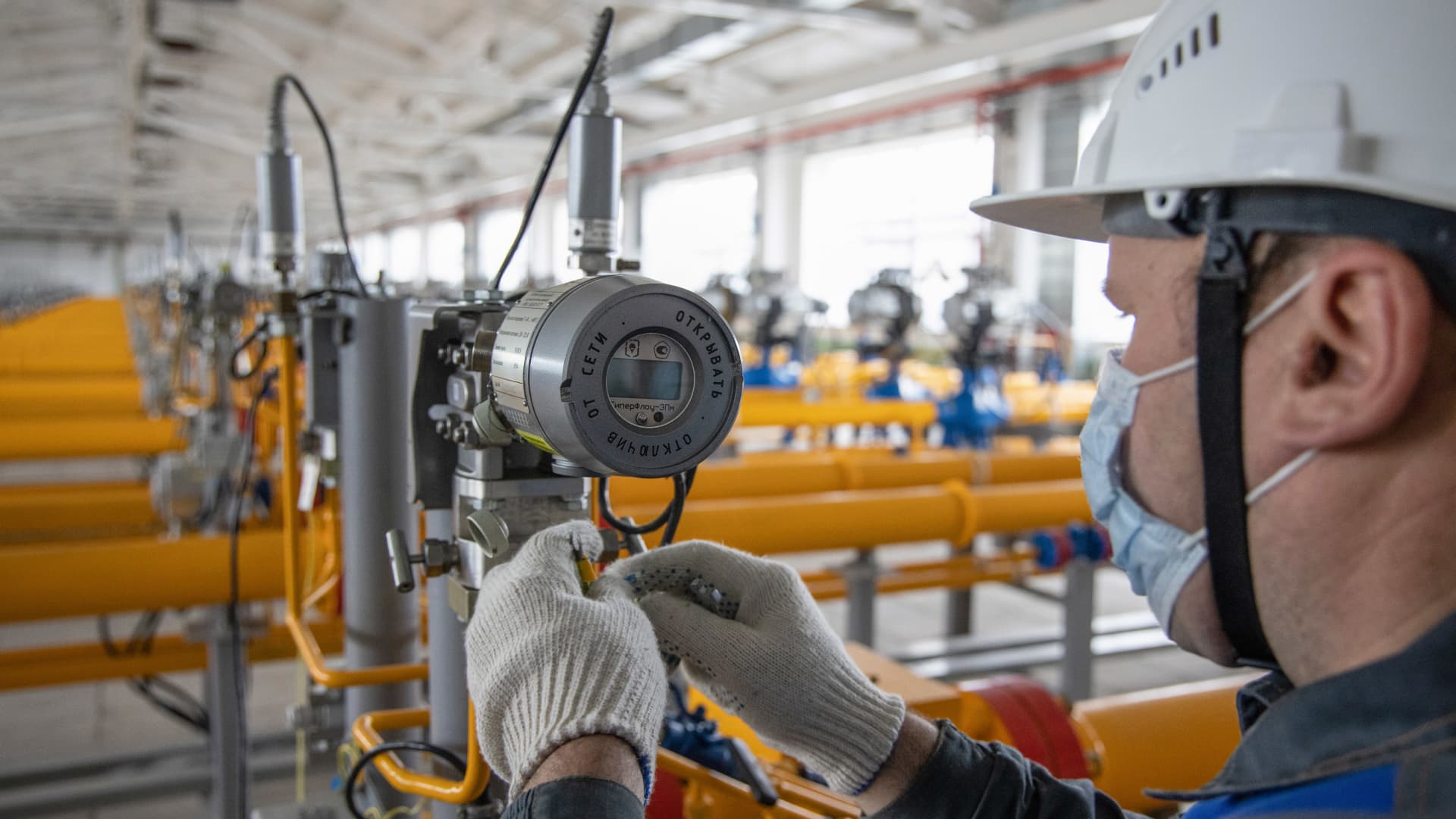A Quick Look At State Infrastructure Bill EV Charging Plans


A couple weeks ago, we heard from the US Departments of Energy and Transportation that all 50 states had submitted initial plans to review for funding from last year’s Infrastructure Bill. The long-term goal is to use the money to install 500,000 EV charging stations, but states have to start with critical corridors, and that’s what this year’s plans are all about.
In this article, I want to cover a little bit of information from states we’ve covered, a few new ones, and some of the general trends we can look for in future charging station deployment.
Some of Our Past Coverage
So far, I’ve covered plans by Arizona, New Mexico, and Texas. Before I explore any new states, I want to briefly cover these.
New Mexico was the first to submit a plan to the federal government. One of the most fascinating things I observed right away was that it received a TON OF PUBLIC COMMENT. One of the most important pieces of information given to the state by the public was that stations should be built in such a manner as to prioritize filling charging gaps first and foremost. As well, interstates were critical, but so were rural regions.
New Mexico appears to be only concerned with federal minimums for interstate charging. It’s not that interstates aren’t significant; there are just three of them in the state. The rest of the state is criss-crossed by US and state highways, with one source claiming that New Mexico has approximately twice as much highway mileage as Arizona despite having a comparable overall size.
With a modest investment on interstate freeways, the majority of the money will be left over to meet the demands of the rest of the state.
Arizona took a similar approach to charging station location (covering interstates minimally to save for rural highways later), but made a very different choice for how it would approach matching funds. In a public presentation, they gave some basic information about the EV charging plan, where funding is coming from, the federal rules, etc. The state also revealed that it is choosing to use a private partner to cover the matching funds, and that it’s not using any state money for the project (which would be unpopular in a red state).
The Texas plan went into more detail about plans for later phases of the Infrastructure bill. Its plan has the following goals:
- Support for 1 million EVs in Texas
- Fast EV charging stations no more than 50 miles apart on interstate highways
- Fast EV charging stations no more than 70 miles apart elsewhere in Texas
- Multiple options for routes and charging on all trips
- At least four plugs in pull-through spaces for people pulling trailers
- Locations known on multiple third-party applications (so people can find stations and plan trips)
Like the other states, Texas is covering interstates first and leaving funds for rural areas. After that, it appears that the goal is to provide each county at least one station in the county seat, allowing people to travel on state, US, and interstate highways after five years.
California’s Got A Very Different Plan (& There’s A Good Reason Why)
Unlike Texas, New Mexico, and Arizona, California is basically the epicenter of electric vehicle development and adoption. As a result, it has a much more detailed and ambitious plan.
The first thing to note is that California is already ahead of the game in many ways. The state has the most charging stations, the most EVs on the road, and the best public awareness about EVs in general. This gives it an advantage because people are already used to the idea of EVs and charging infrastructure.
Because California has this head start, its alternative fuel corridors already have a great number of charging stations that meet federal requirements. But, it also has many stations along these corridors that don’t quite meet the requirements (number of stalls, charging speed, etc). So, it’s decided to designate many of them to upgrade instead of installing totally new stations.
Alabama
The next thing I wanted to do was check out Alabama’s plan. I’ve explored rural states, red states, and the top EV state, but I wanted to see what the South looked like beyond Texas.
Alabama’s plan was pretty similar to what I saw in Texas or Arizona, but with one important difference that impressed me: a plan to focus on hurricane evacuation corridors along with the first round of interstate stations. This means that in addition to the regular stations along interstate corridors, it’s going to get some stations going from the coast to places further inland to help with hurricane evacuation.
New York
I decided to round things out in this unscientific study by looking to the Northeast. New York doesn’t have the EV momentum that California does, but it’s a densely populated state with a lot of people who want to be able to drive electric.
New York already has some short interstate corridor segments that are “built out” and comply with federal requirements already, but it still has a lot of highway that needs more stations. However, it still has many miles of both interstate and state highways that need work and don’t have stations to upgrade. So, this puts New York between California and Texas in some ways.
Things I See In All Of These Plans
One thing I see in all of these plans is that states aren’t in a big hurry to give interstate highways thick and redundant coverage. They’re all doing the minimum they have to with the federal funds to get interstate highways to meet requirements, but they’re saving money for other highways and perhaps urban charging later on.
It’s also obvious that where the states already are heavily influences the plans. The end goal is the same, but they have to decide how to get to the minimums in such a way that fits what’s already happening on the ground. This seems obvious, but there was a possibility that a state would choose to “start from scratch” instead of counting stations to get more control over the process. Nobody seems to have wanted that.
Another thing that impressed me was the professionalism. I thought I’d find at least one state that didn’t take it seriously and would have phoned it in, but even states that would stereotypically not give a crap about EVs put the work in and made plans that were not only good, but tailored to local situations.
What this shows us is that EVs aren’t the political dumpster fire they once were, and that’s a great thing.
Featured image: A screenshot from New Mexico’s EV charging plan.
Appreciate CleanTechnica’s originality and cleantech news coverage? Consider becoming a CleanTechnica Member, Supporter, Technician, or Ambassador — or a patron on Patreon.
Don’t want to miss a cleantech story? Sign up for daily news updates from CleanTechnica on email. Or follow us on Google News!
Have a tip for CleanTechnica, want to advertise, or want to suggest a guest for our CleanTech Talk podcast? Contact us here.
Advertisement
This post has been syndicated from a third-party source. View the original article here.




